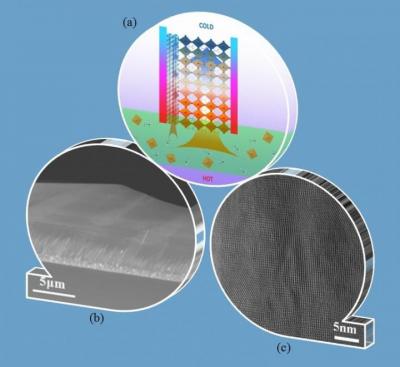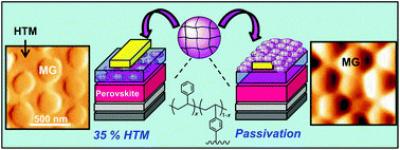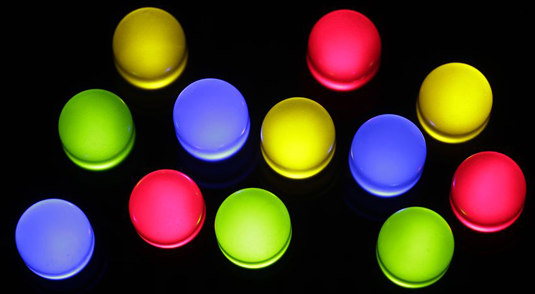Perovskite solar cells' potential in addressing global environmental challenges confirmed
A team of researchers from the University of Sheffield, alongside collaborators from the universities of Kent, Nottingham and Leicester, has investigated and confirmed the potential for Perovskite solar cells (PSCs) in addressing global environmental challenges.
The team compared PSCs with other existing photovoltaic technologies, including an examination of the kind of materials used in their production, the difficulty of manufacturing them, and costs involved in producing and manufacturing them. They also carried out a systematic hybrid life cycle assessment of PSCs, meaning that every aspect associated with PCSs, including greenhouse gas emission, material use, land use, pollution and toxicology, was considered.




